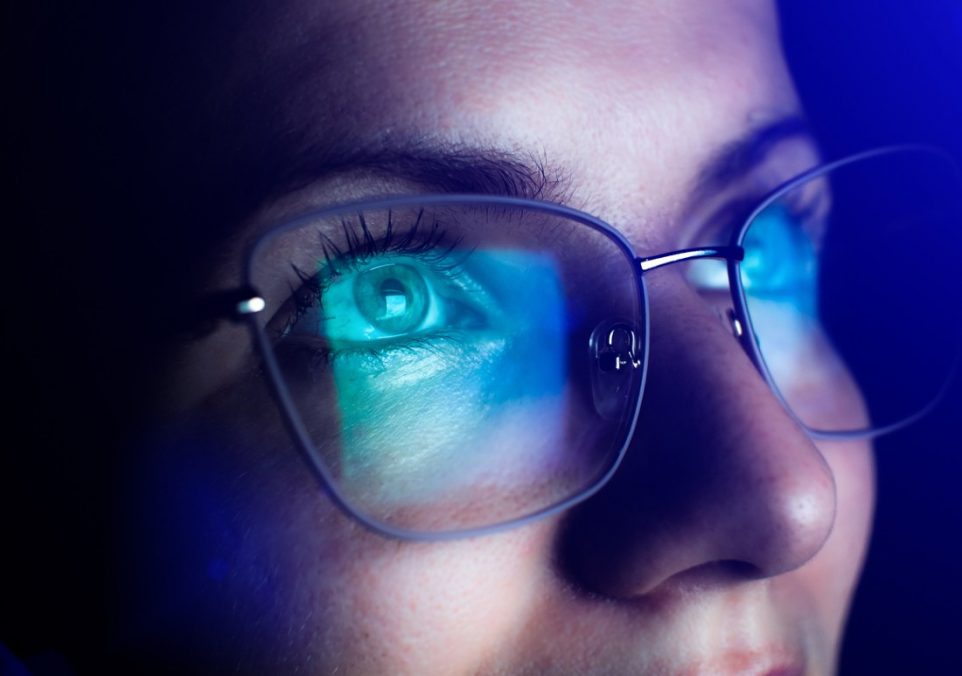How Do Blue Light Glasses Work? Uncover the Science Behind the Tech

Blue light is everywhere. It’s emitted by the sun, digital screens, and even LED bulbs. The chances of avoiding constant exposure to blue light are slim, but the good thing is that there are ways to effectively reduce the harmful effects of blue light on your eyes and sleep patterns.
We’ve all heard of blue light glasses, but what do they do? High exposure to blue light can cause eye strain, headaches, and even sleep disturbances. These glasses are designed to block out harmful blue light, so you can keep your eyes healthy and reduce the risk and severity of these side effects. But how do blue light glasses work?
In this post, we’ll look at the science behind blue light-blocking technology, so you can understand the mechanics behind this helpful tool. So if you want to learn more about blue light glasses and how they function, keep reading.
Your Trust, Our Core Commitment
At Rising Tech, earning and maintaining your trust is the cornerstone of our mission. We're dedicated to transparency, impartiality, and the relentless pursuit of truth in every article, review, and recommendation we publish. Our commitment to these principles ensures that you, our valued reader, are always equipped with reliable and unbiased information. Let us be your trusted guide in the ever-evolving world of technology.